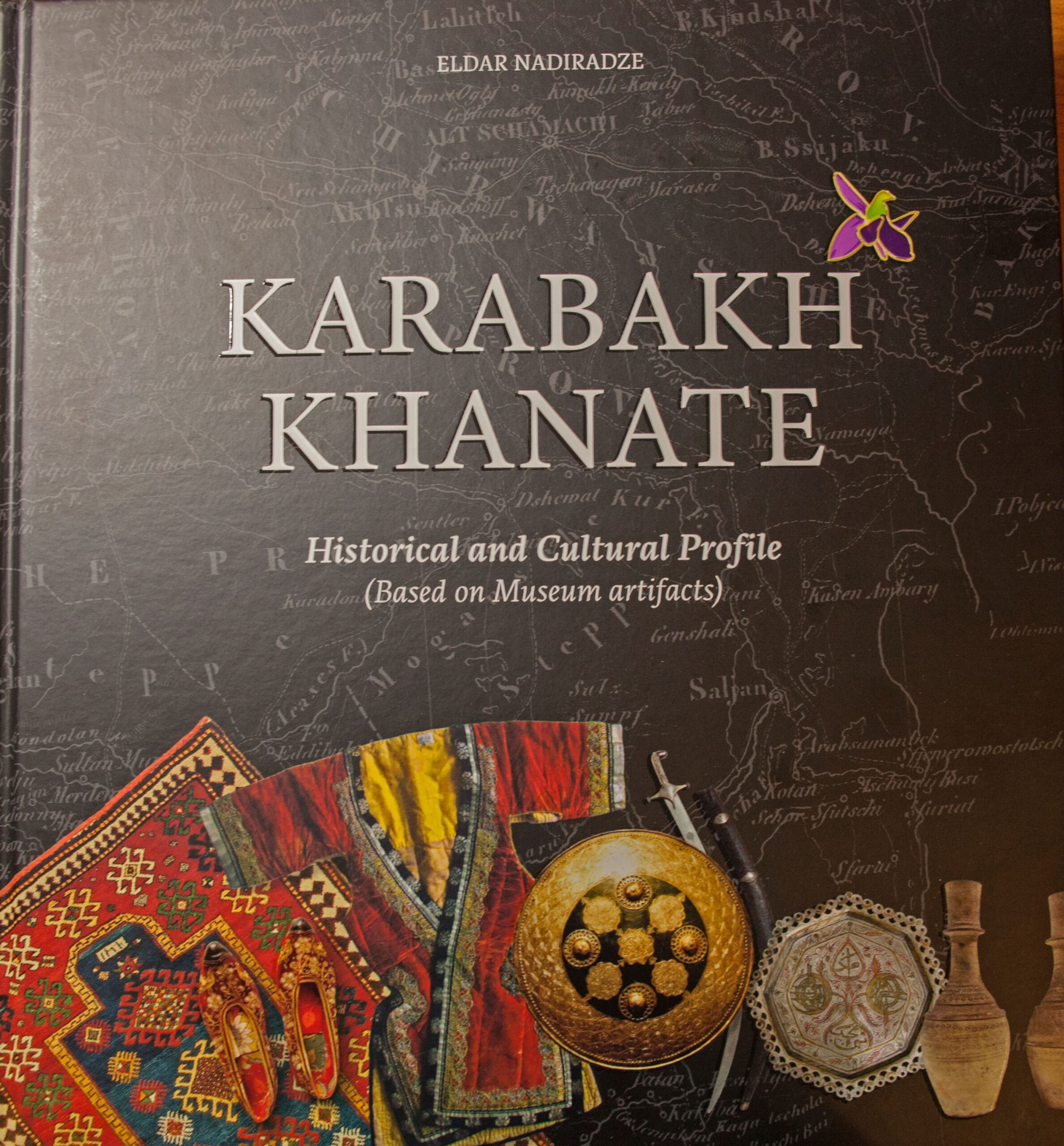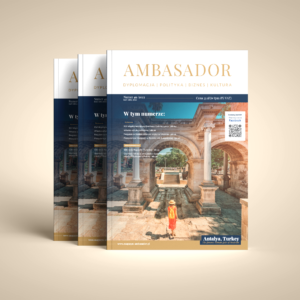The cultural richness of the peoples of the Caucasus and the historical coexistence of various cultures – this was the subject of a conference organized on 20th November at the State Ethnographic Museum in Warsaw.
The history of the peoples of the Caucasus is a turbulent one, making it extremely interesting. It is made up of various languages, religions and the heritage of many nations and ethnic groups. A conference with the participation of historians from various countries was devoted to the promotion of this Caucasian culture, which is still little known in Poland. It was organised, among others, by the Azerbaijani embassy, and officially opened by H.E. Ambassador Nargiz Gurbanova.
The conference promoted the book entitled Karabakh Khanate – Historical and Cultural Profile, authored by Professor Eldar Nadiradze, Director of the Georgian Institute of History and Ethnology. It describes the history and cultural achievements of the state, which existed between 1747 and 1822, with the Azerbaijani city of Shusha as its capital, which still exists today. In this book, the author presents the rich heritage of this country – formally dependent on Persia, but de facto independent. It retained its separateness to some extent even after 1805, when it became part of the Russian Empire.
It was this independence that allowed not only strong state structures (with a judiciary and its own currency), but also poetry and architecture to develop in this fairly short period of time. Christianity and Islam coexisted here, with Azeris and Armenians living side by side. To this day, the tradition of Azerbaijani Mugham-style music continues, with songs consisting of an improvised part, traditional singing and a dance part.
This very multiculturalism of the khanate was highlighted by the conference participants. As Dr Daniel Pommier Vincelli of Sapienza University of Rome pointed out, the sixty years of independence of this Caucasian state can be an example of drawing strength from multiculturalism. – It is worth remembering this legacy of the Karabakh Khanate even today, when political movements undermining the idea of multiculturalism are on the rise in Europe and beyond –Dr Vincelli pointed out.
In turn, Dr Jerzy Rohoziński of the Pilecki Institute mentioned other Caucasian khanates that existed at the turn of the 18th and 19th centuries, including the Kuban, Baku and Ganja khanates (with their capitals in the cities of Kuban, Baku and Ganja that still exist today). He outlined the difficult history of these countries, plagued by local conflicts within the Persian state and then the Persian-Russian wars.
Fortunately, a number of artefacts documenting the cultural achievements of the peoples of the Caucasus have survived the turmoil of war. These were collected by the National Museum of Georgia in cooperation with the Azerbaijani authorities. The museum’s deputy curator Tebrone Nadiradze talked about the rich collections of clothing, weapons, crockery and other items of everyday life. They were presented both in the museum and in a book – richly and colourfully illustrated. It also features historical photographs by Dmitry Yermakov, a Russian photographer who captured the appearance of the region’s cities and people at the turn of the 20th century.
The reach of a culture with roots in the Karabakh Khanate today is almost cosmic. Recordings of Mugham music were included on disks on two Voyager probes, launched into space in 1977 and still travelling through interstellar space. Promoting this culture at a much closer range is a book about this khanate – a joint work by Azerbaijani and Georgian historians, published by the Eurasian International Development Association.
Lorem ipsum dolor sit amet, consectetur adipiscing elit, sed do eiusmod tempor incididunt ut labore et dolore magna aliqua. Tellus in metus vulputate eu scelerisque felis imperdiet proin. Non blandit massa enim nec dui nunc mattis enim. Vestibulum rhoncus est pellentesque elit ullamcorper dignissim. Nulla porttitor massa id neque aliquam vestibulum. Odio euismod lacinia at quis risus sed vulputate odio. Laoreet sit amet cursus sit amet dictum. Elementum curabitur vitae nunc sed velit dignissim. Pulvinar elementum integer enim neque volutpat ac tincidunt vitae. Elementum integer enim neque volutpat ac tincidunt vitae semper quis. Leo vel orci porta non.
Paweł Rochowicz



Sledź nas na: